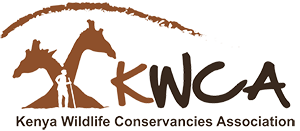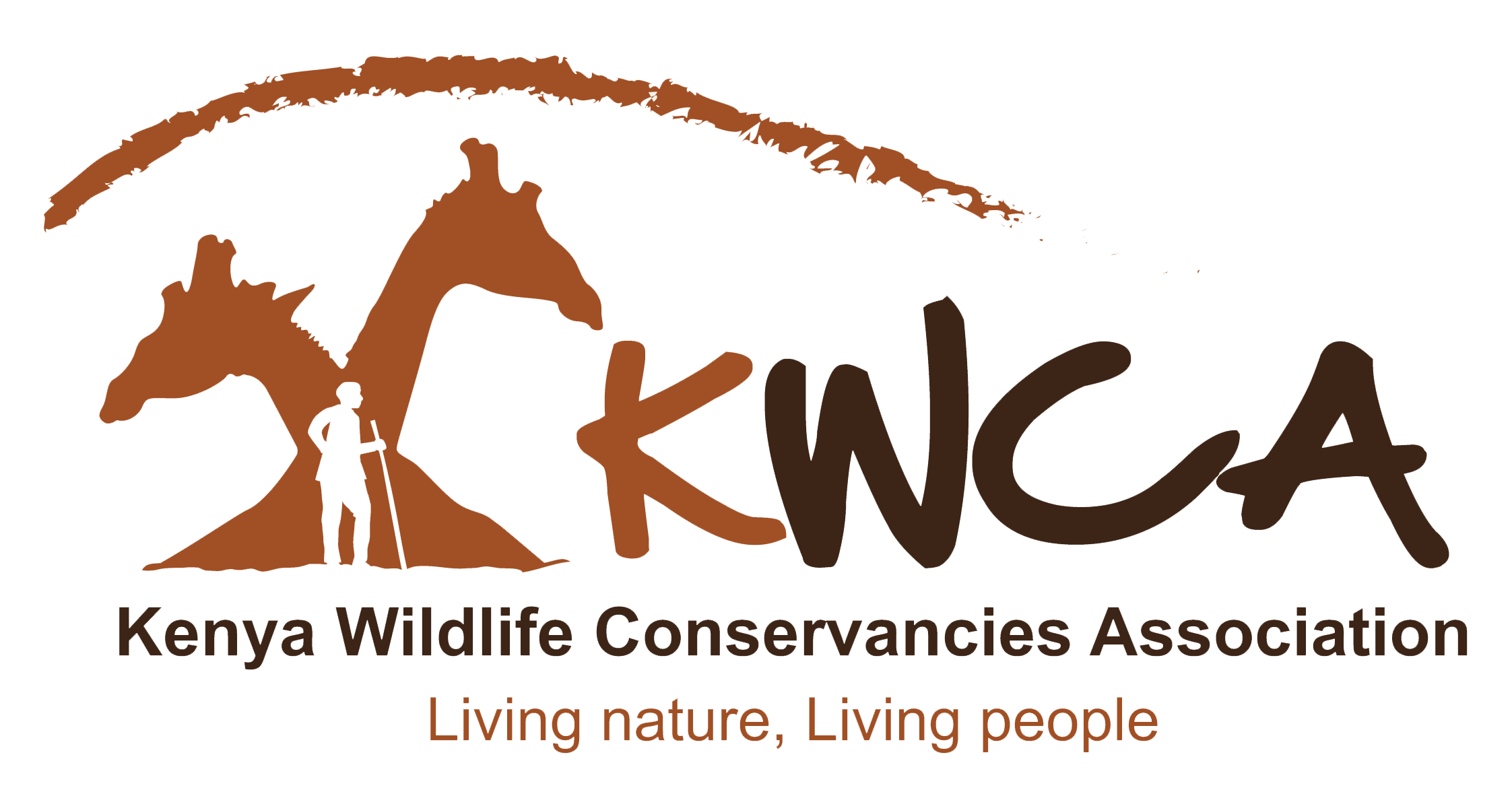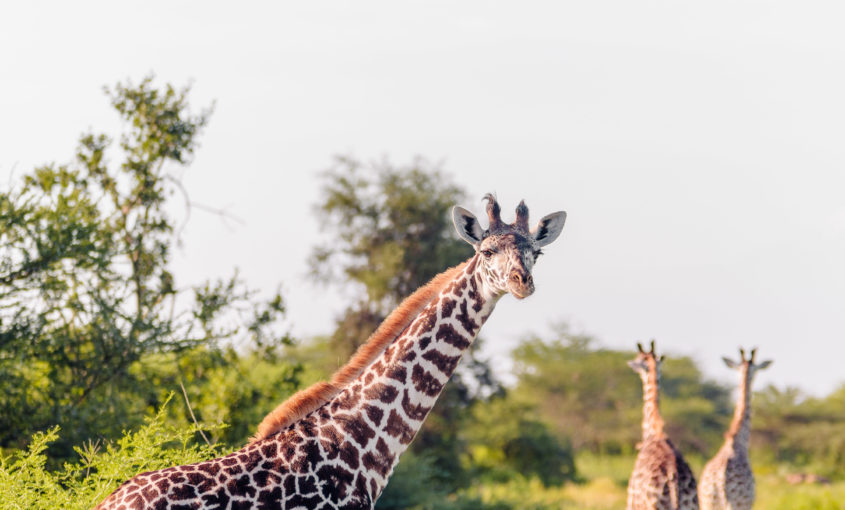Intersection between wildlife conservation and COVID-19:
As the world grapples with unprecedented challenges posed by the COVID-19 pandemic, a lot has been written by conservationists and journalists on the linkage between wildlife conservation and the Novel coronavirus (COVID-19)
Want to learn more? Here’s a roundup on the intersection of wildlife conservation and COVID-19:
COVID-19: Let us put emphasis on risk management:
This opinion article highlights the direct impacts of COVID-19 on Kenya’s wildlife conservation. It proposes an urgent emergency funding to maintain a core team of wildlife rangers in Kenya’s community, private and national protected areas and additional resources to support conservation lease fees and conservancy fees to secure habitat and provide crucial income for rural communities. It proposes financial incentives to those who support and invest in conservation.
Saving Wildlife in a Time of Coronavirus:
This article proposes two things that can reduce the chances of further coronavirus pandemics; lobby politicians to pressure for a total international closure of the wildlife in East Africa and help fill the void left by the collapse of the tourism industry in Africa.
Colorado State University: Coronavirus and the global wildlife trade:
This article discusses the linkage between COVID 19 and global wildlife trade and calls for concerted global pressure to the governments that allow it and international campaigns to help end the demands that drives such trade. It further describes the consequences of a global recession and cessation of tourism in Africa.
The Guardian: COVID-19 and Biodiversity Destruction:
This article argues that humanity’s destruction of biodiversity creates the conditions for new viruses and diseases such as COVID-19. It further explains how landscape changes and human activities are causing animals to loose habitats, meaning species become crowded together and also come into greater contact with humans.
Nature Medicine: The proximal origin of SARS-CoV-2:
This scientific article analyses the origins of COVID-19 causative virus SARS-CoV-2. The analysis show that SARS-CoV-2 is not a laboratory construct or a purposefully manipulated virus.
WCS and GWC have developed infographics to give a better understanding of the origin of the coronavirus and what can be done to stop the future spread of disease from animals to humans.
WIRED: The Coronavirus Lockdown Is a Threat for Many Animals, Not a Blessing:
This article argues that “while you might think a world without people would be great for animals, whether a species suffers or benefits from our absence depends on how dependent they are on human conservation efforts or upkeep of their habitat.”
IPBES: COVID-19 as a Planetary health issue:
The founding chair of the Intergovernmental Science Policy Platform on Biodiversity and Ecosystem Services (IPBES) explains how the well-being of people relies on the health of the planet. That global environmental disruptions can have serious consequences on human health.
This article, discusses the need to reimagine our relationship with nature. To protect nature while preventing future pandemics, governments can implement protected areas, national parks, community conservancies and indigenous-managed conservation areas.


